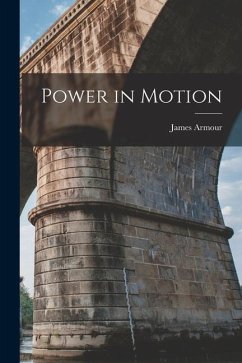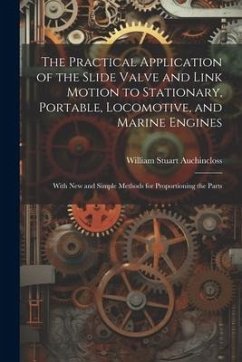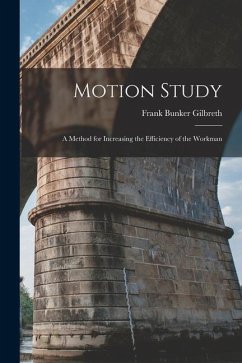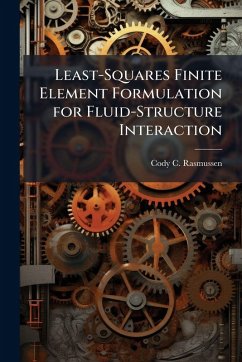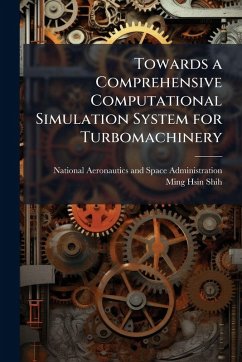
Determination of Structure From Motion Using Aerial Imagery
Versandkostenfrei!
Versandfertig in über 4 Wochen
15,99 €
inkl. MwSt.
Weitere Ausgaben:

PAYBACK Punkte
8 °P sammeln!
The structure from motion process creates three-dimensional models from a sequence of images. Until recently, most research in this field has been restricted to land-based imagery. This research examines the current methods of land-based structure from motion and evaluates their performance for aerial imagery. Current structure from motion algorithms search the initial image for features to track though the subsequent images. These features are used to create point correspondences between the two images. The correspondences are used to estimate the motion of the camera and then the three-dimen...
The structure from motion process creates three-dimensional models from a sequence of images. Until recently, most research in this field has been restricted to land-based imagery. This research examines the current methods of land-based structure from motion and evaluates their performance for aerial imagery. Current structure from motion algorithms search the initial image for features to track though the subsequent images. These features are used to create point correspondences between the two images. The correspondences are used to estimate the motion of the camera and then the three-dimensional structure of the scene. This research tests current algorithms using synthetic data for correctness and to characterize the motions necessary to produce accurate models. Two approaches are investigated: full Euclidian reconstructions, where the camera motion is estimated using the correspondences, and navigation-aided Euclidian reconstructions, where the camera motion is calculated using the Global Positioning System and inertial navigation system data from the aircraft. Both sets algorithms are applied to images collected from an airborne blimp. It is found that full Euclidian reconstructions have two orders of magnitude more error than navigation-aided Euclidian reconstructions when using typical images from airborne cameras. This work has been selected by scholars as being culturally important, and is part of the knowledge base of civilization as we know it. This work was reproduced from the original artifact, and remains as true to the original work as possible. Therefore, you will see the original copyright references, library stamps (as most of these works have been housed in our most important libraries around the world), and other notations in the work. This work is in the public domain in the United States of America, and possibly other nations. Within the United States, you may freely copy and distribute this work, as no entity (individual or corporate) has a copyright on the body of the work. As a reproduction of a historical artifact, this work may contain missing or blurred pages, poor pictures, errant marks, etc. Scholars believe, and we concur, that this work is important enough to be preserved, reproduced, and made generally available to the public. We appreciate your support of the preservation process, and thank you for being an important part of keeping this knowledge alive and relevant.




